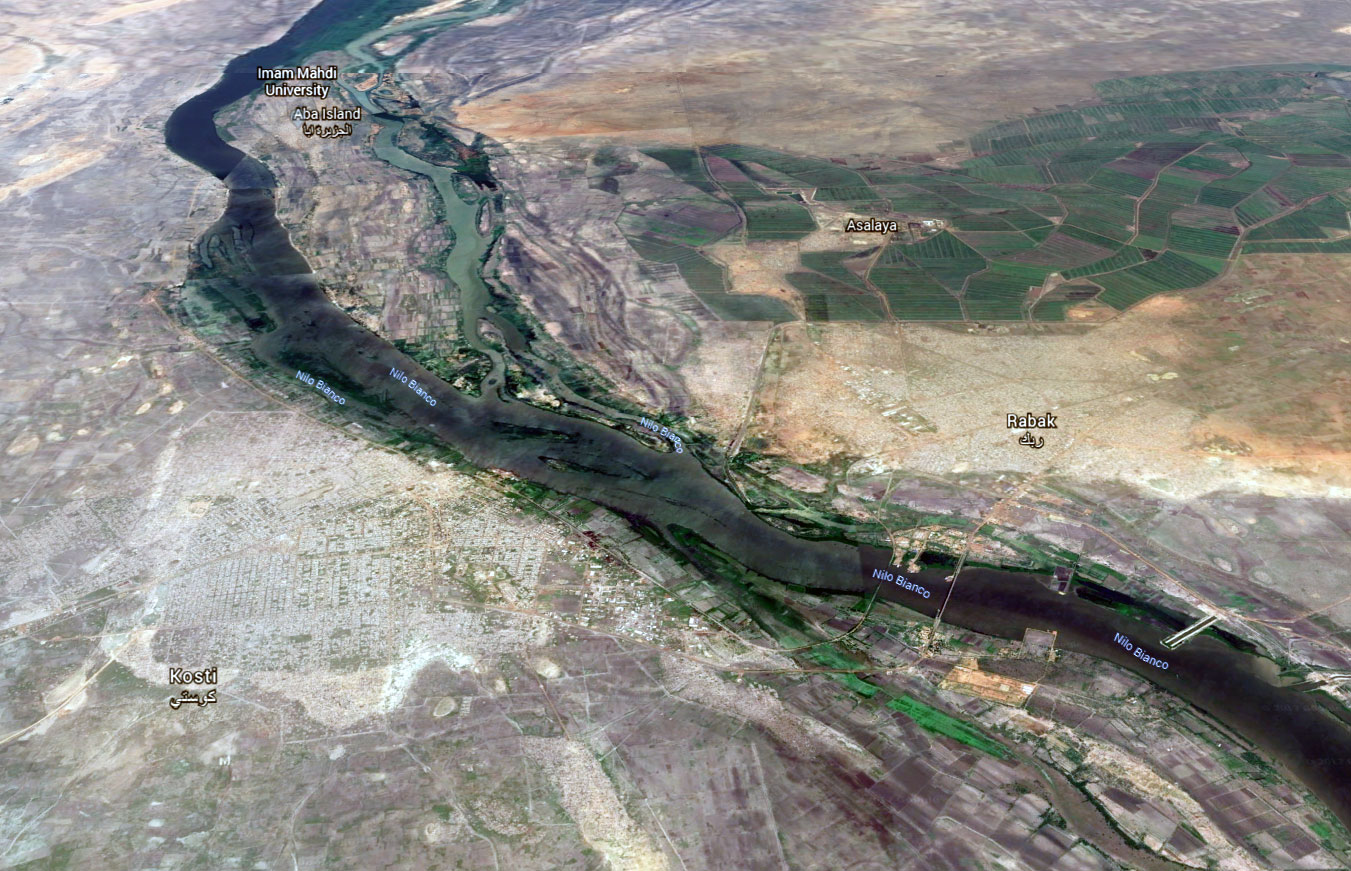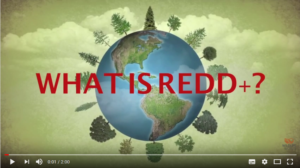A SESA project to define the country’s REDD + policies and their socio-environmental impacts
- Responsible management
- World Bank
- Sudan
- 2017-2018

The project
The Strategic Environmental and Social Assessment (SESA) of Sudan’s national REDD+ programme is a component study that contributes to an environmental and socially sound Sudanese National Strategy (NS) on reducing deforestation and forest degradation. It aims to ensure that environmental and social issues and risks are addressed at an early stage in the process of formulating the solutions to Sudan’s drivers of deforestation and forest degradation.
- Integrate environmental management and socio-economic concerns/decisions into Sudan’s REDD+ readiness process;
- Provide avenues for the involvement of the public, local communities, proponents, private interest groups and government agencies in the assessment and review of the proposed strategy options among others;
- Evaluate reasonable alternatives or options based on potential severity and likelihood of impacts, considering the REDD+ objectives and geographical scope;
- Provide guidelines/recommendations as an input into the design and implementation of the REDD+ Strategies.
The problem
The problems are many, but at local level, the immediate problem is the reduction in forest area of Sudan’s forests due to negative deforestation and degradation activities. This contributes to solving a wider problem of reducing negative deforestation and forest degradation that also contributes to the current climate crisis caused by global warming due to the overload of greenhouse gases in the atmosphere, as forests and trees capture carbon. In technical terms, these negative causes of deforestation and forest degradation are called “drivers”. Reducing the negative impacts on Sudan’s forests by focussing on finding solutions to these drivers is what the strategy aims to do. In Sudan, this means improving practices and reducing negative impacts (the problems, also called “drivers”), some of these include the following:
- Commercial agriculture, especially mechanized agriculture, in addition to irrigated agriculture;
- Overgrazing;
- Unsustainable wood logging for energy and other uses;
- Infrastructure development.
The solution
The solution to large scale drivers of deforestation is through the REDD strategy: the strategy to avoid forest destruction aims at addressing the drivers of deforestation and forest degradation and make a plan to improve the situation. But how do we know the strategy represents thoroughly environmental and social solutions?
The environmental and social impact of the solutions (strategy options) proposed in Sudan’s National Strategy and on any future REDD+ projects or sub-national programmes proposed by Sudan’s Forest National Corporation or any other organizations will be assessed through the “SESA”. In short, this is the process of assessing if future projects will have positive or negative impacts on livelihood, biodiversity, vulnerable people, on the quality of air and soil, etc.
Our contribution
Etifor’s role in the SESA Sudan includes the following activities:
- Reviewing and national and international safeguard policies and approach to social and environmental issues;
- Defining arrangements and procedures for screening, assessing and the preparation of the Environmental and Social Management Framework (ESMF), the tool that sets the legal framework, including World Bank Environmental and Social Standards and screening and monitoring guidelines on dealing with potential negative impacts;
- Identification of major activities underlying the Strategic Options;
- Identification and assessment of significance of identified E&S impacts of SO’s activities.


